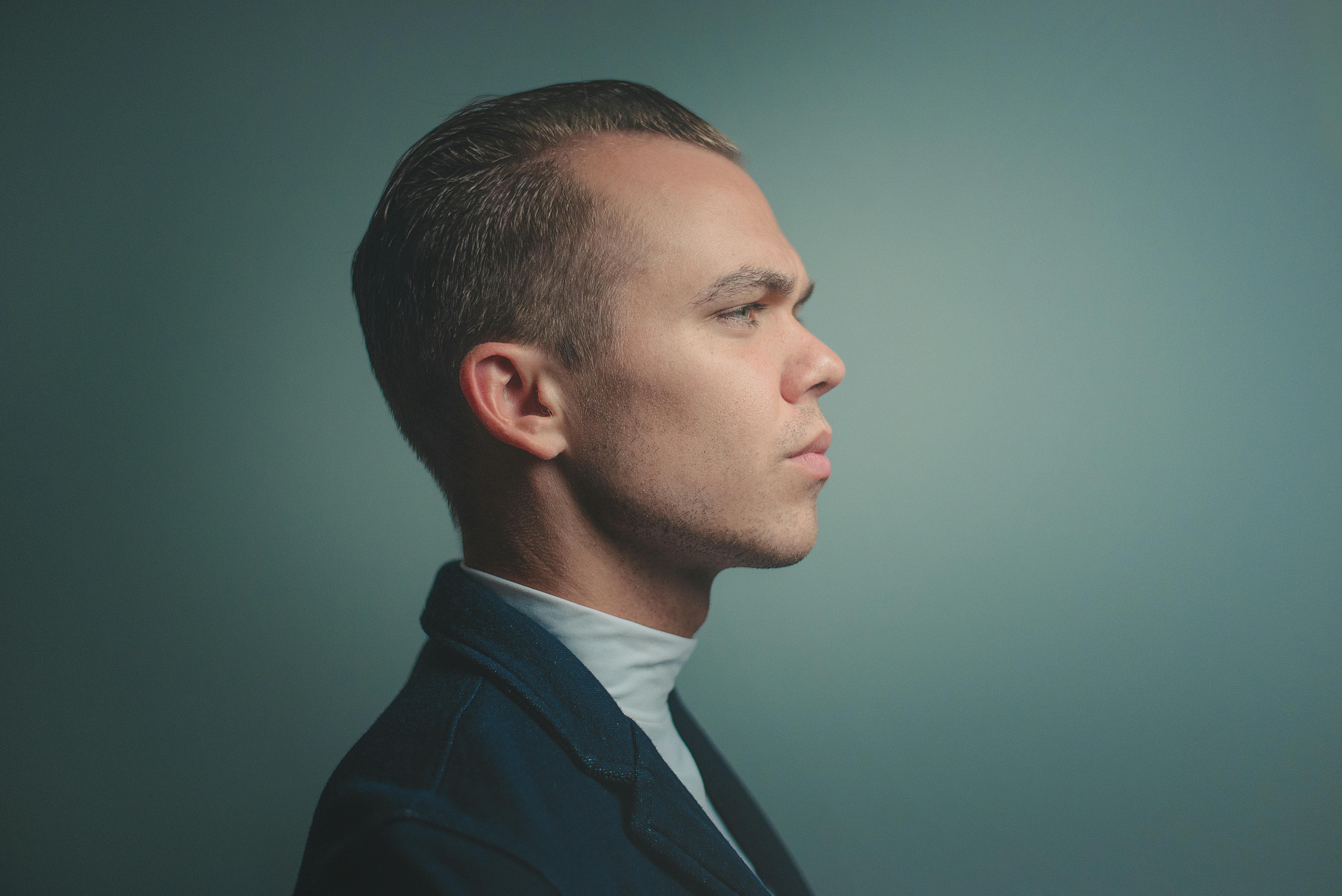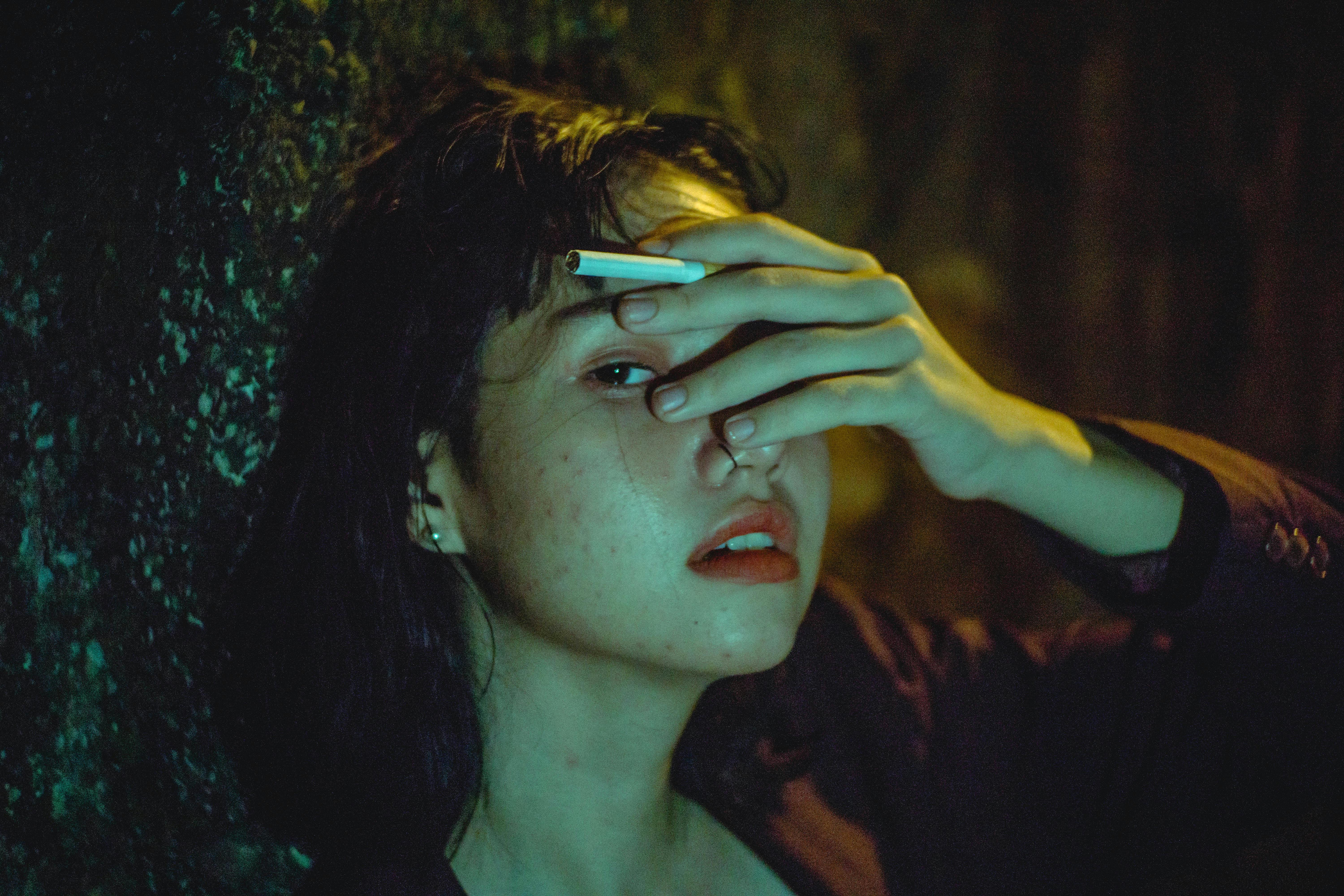Why Pirates Wear Eye Patch

Pirates have been a part of popular culture for centuries, and one of the most recognizable symbols of a pirate is an eye patch. It may seem strange that pirates would choose to wear an eye patch, but there are some interesting reasons why they do so. Wearing an eye patch was actually quite common among seafaring people in the early days, and it was used for both practical and symbolic purposes.Pirates are often depicted wearing eye patches, but why? Pirates wore eye patches as a clever way to keep one of their eyes adjusted to darkness. If they had to go below deck, they could switch the eye patch from one eye to the other, allowing them to quickly see in the dark.
The History of Pirates Wearing Eye Patches
Pirates have long been associated with wearing eye patches, but the history of this icon of the high seas is surprisingly unknown. Eye patches are thought to have been used as early as the 16th century, with some even speculating that pirates began wearing them as early as the 12th century. The most popular theory is that pirates began wearing eye patches in order to protect their eyes from the sun and bright reflections from the sea when they were on deck. This was especially important for those who had lost an eye during battle or had been injured while aboard their ship.
Another reason why many pirates wore eye patches was to improve their vision in dark places. By covering one eye, they could allow it to adjust to a dimly lit area then uncover it and be able to see better in the dark than if both eyes were uncovered at once. This allowed them to move about more quickly and safely below decks, where light was scarce and visibility poor.
Finally, some pirates may have also worn eye patches as a form of intimidation or a symbol of their status as a pirate. By covering one eye, they made themselves appear more menacing and intimidating, which could be useful when facing off against enemy ships or intimidating potential captives.
Whatever the reason, wearing an eye patch has become synonymous with piracy throughout history and continues to be an iconic part of pirate culture today. Whether it was used for practical reasons or simply for style points, it’s clear that pirates have always had a flair for fashion.
Benefits of Wearing an Eye Patch
Eye patches are used to cover up a damaged or injured eye. They can be used to help protect the eye from further injury, reduce pain, and keep it clean. An eye patch also helps to create a sense of normalcy and make the person wearing it feel better. There are many benefits to wearing an eye patch, such as improved vision, better sleep, greater comfort, and increased self-confidence.
Wearing an eye patch can improve vision in some cases. If the eye is injured or damaged, it may not be able to focus properly on objects near and far away. By blocking out light with an eye patch, the other healthy eye can focus more clearly on what is being viewed. This will help with depth perception and clarity of vision.
Eye patches can also help people get better sleep at night. When light enters the eyes while sleeping, it can cause disruption to the sleep cycle and make it harder to stay asleep through the night. By blocking out light with an eye patch, a person will be able to get a more restful sleep.
An eye patch can also provide greater comfort for people who have had their eyes injured or damaged in some way. Eye injuries often cause pain and discomfort when exposed to light or movement of any kind. An eye patch will help reduce this discomfort by providing a layer of protection for the eye from further damage or irritation while allowing for reduced movement of the eyelid and surrounding area.
Finally, wearing an eye patch can increase self-confidence in those who have experienced some form of injury or damage to their eyes. Eye injuries are often visible on people’s faces and can draw unwanted attention from others which can make them feel uncomfortable or embarrassed about their appearance. An eye patch will cover up the affected area and allow them to feel more confident when they go out in public without worrying about what other people may think about them.
In conclusion, there are many benefits to wearing an eye patch including improved vision, better sleep, greater comfort, and increased self-confidence for those dealing with an injury or damage involving their eyes. It is important for individuals dealing with these types of issues to speak with their doctor about whether or not they should wear an eyepatch as part of their treatment plan so they can experience all the benefits that come along with it.
Types Of Eye Patch
Eye patches are a common treatment for certain types of vision problems, including amblyopia (lazy eye), strabismus (crossed eyes), and ptosis (droopy eyelid). They come in many different types and styles, each designed to provide the best coverage and comfort for the user. Some of the most common types of eye patches include adhesive patches, cloth patches, hydrogel patches, and even specialized eye drops that can be used to improve vision.
Adhesive patches are the most common type of eye patch used today. These are usually made from a thin film that is applied directly to the affected eye. These patches typically offer good coverage and comfort while also providing some protection from light. Cloth patches are also available and can be worn over glasses or contacts if needed. These provide more coverage than adhesive patch but may not offer as much comfort or protection from light.
Hydrogel patches are a newer type of eye patch that is becoming increasingly popular. These use a special type of material that is designed to adhere to the skin and provide extra cushioning for the affected area. Hydrogel patches can also be used over glasses or contacts if needed, but they may not offer as much protection from light as adhesive or cloth-based products.
Finally, there are specialized eye drops that can be used to improve vision in certain cases. These drops contain ingredients such as vitamins A, C, E and B complex along with other minerals that help improve overall vision health and reduce symptoms related to certain vision problems. This type of treatment should only be used under the guidance of an experienced ophthalmologist as improper use could result in further damage to the eyesight.
In conclusion, there are several different types of eye patch available on the market today that can help improve vision health in certain cases. It is important to speak with your doctor before trying any type of treatment so you can get an accurate diagnosis and determine which option is best suited for your needs.
The Disadvantage of Wearing an Eye Patch
Wearing an eye patch can have many disadvantages, including physical limitations, social stigma, and potential vision problems. Physical limitations can include difficulty performing activities of daily living such as reading, playing sports, or completing tasks at work. It can also be difficult to wear glasses or contact lenses with an eye patch. Social stigma can be a concern for those wearing an eye patch, as some people may perceive it as a sign of weakness or poor health. Additionally, long-term use of an eye patch may lead to vision problems such as amblyopia (lazy eye) and strabismus (crossed eyes).
In addition to the physical and social disadvantages of wearing an eye patch, there are also potential psychological effects. People who wear an eye patch may feel self-conscious about their appearance and become anxious in social situations where they fear being judged by others. They may also experience low self-esteem and feel isolated due to their physical disability. Furthermore, the use of an eye patch may lead to depression due to its impact on the individual’s quality of life.
For these reasons, it is important for those who need to wear an eye patch to understand the potential risks associated with it. In addition to consulting with a doctor or other healthcare professional regarding any medical concerns, individuals should also consider talking to a mental health professional about any psychological issues they may be facing as a result of wearing an eye patch. With the right support and resources in place, individuals wearing an eye patch can still lead healthy and productive lives.

How To Wear An Eye Patch Properly
Wearing an eye patch is sometimes necessary to protect your vision, or help a condition heal. If you need to wear an eye patch, there are a few steps you can take to make sure it fits properly and is comfortable. Here’s how to wear an eye patch properly:
First, make sure the eye patch is clean and free of any dirt or debris. Gently clean it with a damp cloth if needed. Then hold the eye patch up against your face and adjust the fit so that it covers your affected eye completely. The patch should be snug but not too tight.
Next, secure the eye patch in place using the straps or adhesive backing. If the patch has straps, make sure they are adjusted to provide a comfortable fit around your head without putting too much pressure on your skin. If using adhesive patches, carefully peel away the backing and press firmly onto your skin until secure.
Finally, avoid wearing the eye patch for too long as it can cause irritation or dryness to the covered area. Remove the eye patch at least once every two hours to allow air circulation and reduce any discomfort you may feel.
By following these simple steps you can ensure that wearing an eye patch is comfortable and effective in protecting your vision. Remember to keep your patches clean and replace them regularly for optimal protection.
Appropriate Settings For Wearing An Eye Patch
Wearing an eye patch is often necessary for those with vision impairments, such as a lazy eye, and can also be used to treat an infection or injury to the eye. In some cases, it may be necessary to wear an eye patch in public settings. It is important to consider the appropriate settings for wearing the eye patch in order to maintain respect and privacy.
When wearing an eye patch in public, it is best to choose settings where you are comfortable and feel confident. Consider wearing the eye patch when meeting with a close friend or family member who will understand your need for privacy and support. It is also acceptable to wear the eye patch in settings where you will not be judged by others, such as at a church or synagogue.
It is important to feel comfortable when wearing an eye patch in any setting, so it is best to avoid places where you will receive unwanted attention. This includes places like bars, nightclubs, or parties where people may make rude comments or stare. If you feel uncomfortable at any time while wearing your eye patch in public, it is best to remove it until you are in a more comfortable environment.
Additionally, when attending work or school while wearing an eye patch, it can be helpful to explain your situation beforehand so that others can understand why you are wearing it and offer their support. It may also be beneficial to wear sunglasses or other forms of headwear with the eye patch so that your appearance remains professional. Finally, if possible, try not to draw attention away from yourself by dressing conservatively and avoiding overly bright colors or patterns that could draw attention away from your face.
Overall, it is important to remember that everyone has different needs and comfort levels when it comes to wearing an eye patch in public settings. Respect your own needs and feelings by choosing environments that make you feel supported and confident while allowing for privacy if desired.
Appropriate Clothing To Wear With An Eye Patch
Eye patches can be a fun and stylish fashion accessory, but it is important to choose the right clothing to go along with them. When choosing an outfit to wear with an eye patch, it is important to consider the type of patch and the occasion. For formal occasions like weddings or work events, a collared shirt or blouse with dress pants or a skirt is an appropriate choice. For more casual events like parties or movie nights, try pairing the eye patch with a t-shirt, jeans, and sneakers. You can also experiment with bolder colors and patterns for a more unique look.
When layering your outfit, make sure that the eye patch stands out without being overly distracting. Try adding layers in neutral colors like black, gray, white, or navy blue that will bring out the color of the eye patch without competing with it. A light cardigan or jacket can also help pull the look together. Accessories like hats and scarves are also a great way to add visual interest while still keeping the focus on the eye patch itself.
Finally, make sure that you are comfortable in your outfit when wearing an eye patch. Choose fabrics that are breathable and soft so they won’t irritate your skin or cause any discomfort. It’s also important to pay attention to fit; if your clothes are too tight they may rub against your eye area which could be painful and irritating. Make sure you have plenty of room to move around freely in your outfit so you can enjoy your day without any worries!

Conclusion
Pirates wearing an eye patch is a popular image in many stories, films, and books. While there is some debate on the exact reason why pirates wore an eye patch, most believe that it was used to improve vision in the dark or to protect an injured eye. Others suggest that it could have been a way of disguising identity or to hide a facial feature.
No matter the reason, pirates wearing an eye patch has become part of pirate lore and will continue to be part of this iconic image for many years to come. The mystery and intrigue surrounding pirate fashion and why they chose their clothing styles remain unsolved and will likely remain so for many years to come.
In conclusion, the true reasoning behind why pirates wore an eye patch is not certain. However, it is clear that this fashion choice has been passed down through generations and remains a popular symbol of pirate lore today.
